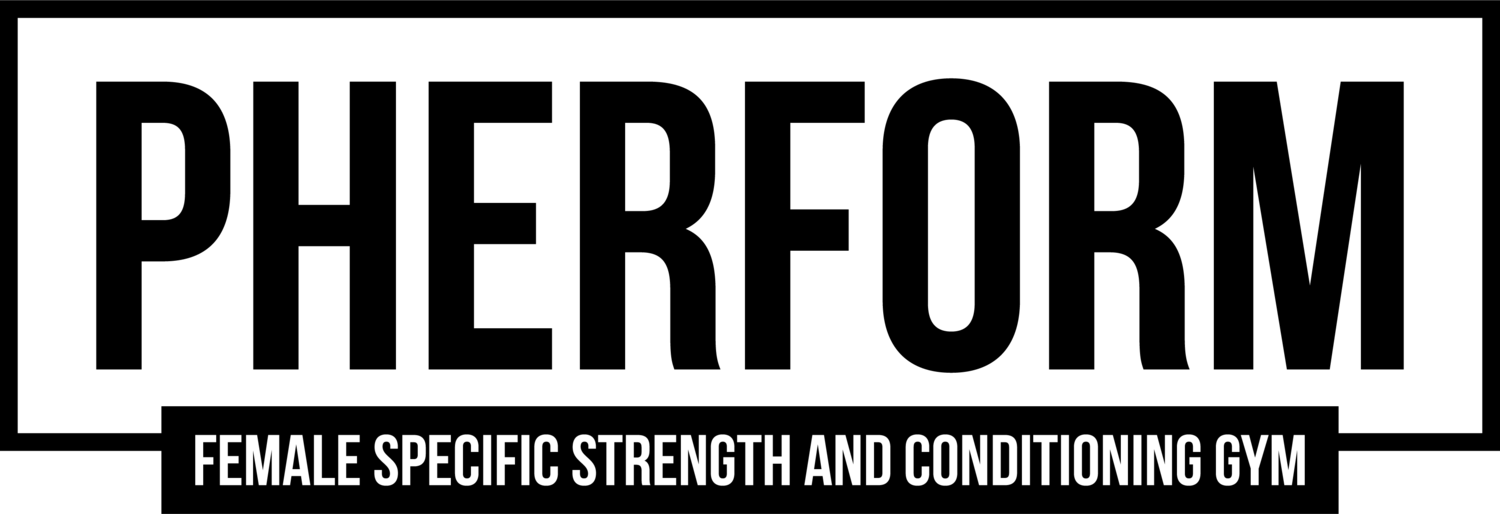How We Look At Exercises
By Coach Harry Taylor
It’s natural to have a certain inclination towards a type of movement or movements. It might be that your chosen sport or interest will have you doing a specific type of exercise or drill. But let’s just assume that we can look at all exercises with an open mind and then decide upon how we distribute them out, how we categorize them and how we combine them.
Overtime trends come and go and no more so than in the fitness industry, it has probably gone through more fashions than fashion. And whilst we’re not necessarily here to discuss the evolution of exercise it is worth noting that we may have subconscious or conscious views about a movement, either to its credit or discredit. And if said movement was given either the green light or struck off the list by science would you still stand by it?
One buzzword that still has its place in the industry today is ‘functional’. It comes under many guises, and can be described in many different ways. As with most colonizers it caused a lot of damage and disruption along the way. Functional movements were quick to demonize exercises that didn’t have a name or term and weren’t seen as functional.
But as we’re approaching this with an “all things are equal” perspective, that won’t matter. One thing is for sure though, there are exercises that are great at one thing but will suck at another. A blatant example might be that bicep curls are great for biceps, but won’t do anything for our calves. They won’t however be of detriment to our calves, and that philosophy is definitely worth remembering.
I think there are three main components we should look at whilst observing and documenting exercise. They are all interwoven and if we focus on just one of the three we’ll be falling into the trap of having our faces too close to the screen and we’ll lose the bigger picture.
Stimulus to fatigue ratio: A Barbell Snatch for example has a very high stimulus (muscle fiber recruitment/effort), but comes with a high level of fatigue. It could be used as a sole developer and enhancer of strength, power and co-ordination through the entirety of our body’s muscular and neuromuscular system. It also comes at a price of technicality and execution. A dumbbell lateral raise on the other hand, also has a high level of stimulus, a considerably lower level of fatigue and at no where near the cost.
So on paper, and without context, the dumbbell lateral raise might well be deemed superior to the Barbell Snatch? The reality is it isn’t superior, under most objective scrutiny it would be deemed inferior. But it will win the day under certain conditions and for certain outcomes. Since we don’t need to consider if it’s ‘functional’ or not, we’re not forced to throw it out and so we can use it, but we have to look further than just what it gives us and what we need to give it.
Its purpose in life: What did it arrive on earth to assist us with? Actually it’s a really hard question to answer, a bicep curl at face value might have only been put here to build bulging arms and to assist in self-reflected vanity projects. But actually this couldn’t be further than the truth. Some of the most stunning gymnastic movements just wouldn’t be possible without this muscle or indeed this movement. A more nuanced example might be the clean and jerk. Its purpose could be defined as getting as much weight overhead as possible. But to reach that point, there is so much background work involved that we could never attribute someone’s successes in that movement to just that movement. A purist olympic weightlifter lifter might hate the bicep curl for these aforementioned reasons. But if the bicep curls sole purpose in life was to assist the clean and jerk in excelling, would that person feel differently towards it??
Versatility:How much can we get out of one movement and all of its subsidiaries? There are multiple variations of deadlifts and squats, presses and rows. And it doesn’t stop at just the dumbbell or barbell. Within the gym there are dozens of machines and cable attachments that can support us in developing strength and competency through all planes of motion, through all angles of muscular fibers and through various time under tension and leverage mechanisms. And we should embrace all of these options because they really do feedback into greater athleticism. In fact the leg extension machine which is essentially a loaded straightening and bending of the knee whilst sitting down was thought by many to be useless and even dangerous. It had ‘zero functionality’ but the reality is that it has been proven to be extremely effective in older populations to assist in their quad strength for getting out of the chair. This has to be about as functional as one can get.
We shouldn’t discredit any exercise due to prejudices, second hand information or what is or isn’t fashionable. For sure there are some exercises that are more effective than others but actually most of the movements through all mediums whether it be free weights, machines, cables or bands are needed in our programming. Self experimentation is so often the way to reach an informed decision.
And more often than not, exercise won’t be what makes or breaks us. What is far more important is how we manipulate the variables available to us; reps, sets, weight, tempo, frequency, and how we periodize our movements will be the superior thought process. Add all exercises into your toolbox, a hammer won’t paint a wall for us in the same way that a paint brush won’t drive in the nail. But by using each of them for the job they’re designed for, the house will get built.

